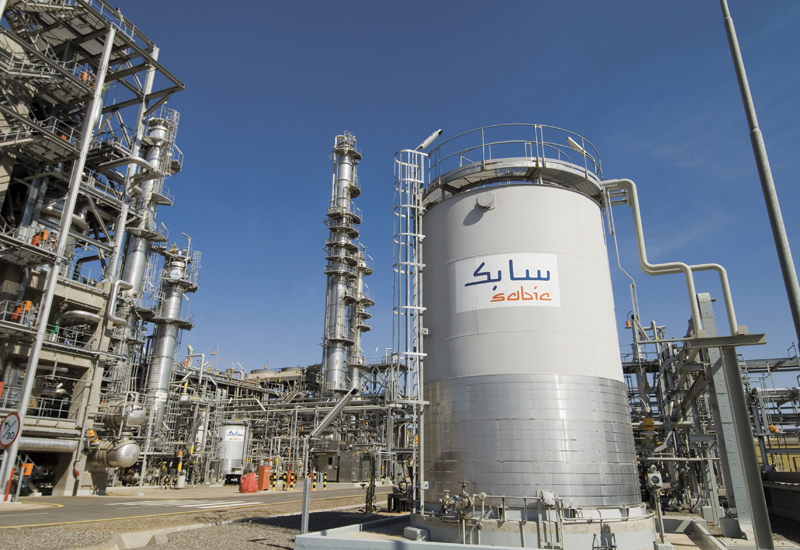Saudi petrochemicals producers may go down the mergers and acquisitions route to secure scale and raw materials as part of an efficiency drive to adjust their businesses to lower oil prices.
Driven by cheap gas feedstock provided by the Saudi government, the petchem industry has significantly grown since the 1970s.
Behind German BASF and Bayer and U.S. Dow Chemical, Saudi Basic Industries Corp (SABIC) is the world’s fourth-largest petchem firm by sales.
Already affected by the reduction in product prices in consequence of cheap crude, petchem firms have been forced to review their business models after the government decided in December to increase the prices of feedstock.
Saudi companies have responded to this by investing abroad with SABIC and authorizing a coal to chemical project in China. Mergers and acquisitions have also been considered.
“We made a commitment at SABIC to improve our efficiency to absorb the additional cost for the feedstock and we will do that, but we still look for any other options that can position SABIC competitively for investment through acquisitions,” Yousef al-Benyan, the CEO of SABIC, told Reuters.
An acquisition has the potential to increase scale for businesses to drive efficiencies, develop new ranges of products and source raw materials.
Petrochemicals are the second-largest contributor to Saudi’s economy at 7-10 percent of GDP. It could potentially play a substantial part in Saudi’s Vision 2030 economic plan.
“The way forward is to crack naphtha or to grow outside, and me and everybody are looking outside. By increasing gas prices, the opposite will happen, it is definitely not going to encourage investors to go further downstream,” said the chief executive of National Industrialization Co (Tasnee), Mutlaq al-Morished.
INEFFICIENCIES
Due to subsidies, Saudi petchem industry previously enjoyed improved margins. However, the rise in feedstock prices has led to the reconsideration of its business plans.
Remove the subsidies — the Saudi government has pledged to phase out “support” over the next five years — and high-priced oil and Saudi is competing on a level playing field.
“What is alarming in the Saudi petrochemical industry is its obsolete fixed assets and inefficiency, where large numbers of plants today are more than 20-30 years old and do not match parameters of fuel consumption and need to be replaced,” stated Mohammed Alomran, a member of the Saudi Economic Association.
In order to reduce costs, the majority of Saudi petchem firms have implemented restructuring programs. SABIC is currently reassessing many of its investments and Tasnee cut 2000 jobs.
Switching to a feedstock with greater efficiency could help the industry. However, Saudi’s gas shortage hinders this.
“I think the Saudi petchem industry is more constrained by new gas allocations than by price,” stated Sanjay Sharma vice President – Middle East and India at IHS Chemical Consulting.
Aramco plans to double gas output in a decade but there is uncertainty about the amount that will be given to petrochemicals.
Alternatively, petrochemicals could be derived from crude oil directly. Aramco and SABIC announced this week they were study building an oil-to-chemicals (OTC) venture.
OTC will open up several new downstream product lines to Saudi producers. This corresponds with Saudi’s strategic goals of increasing the creation of products of higher-value.
However, Sadad al-Husseini, a former top executive of Aramco, said that the technology is still being developed and it is unclear how it would operate commercially.
Consequently, the short-term solution with the most potential benefits may be the M&A route for increased supply of feedstock.
SABIC stated it would look to North America for gas to fuel growth. Aramco has said that it would seek opportunities in global upstream gas.
